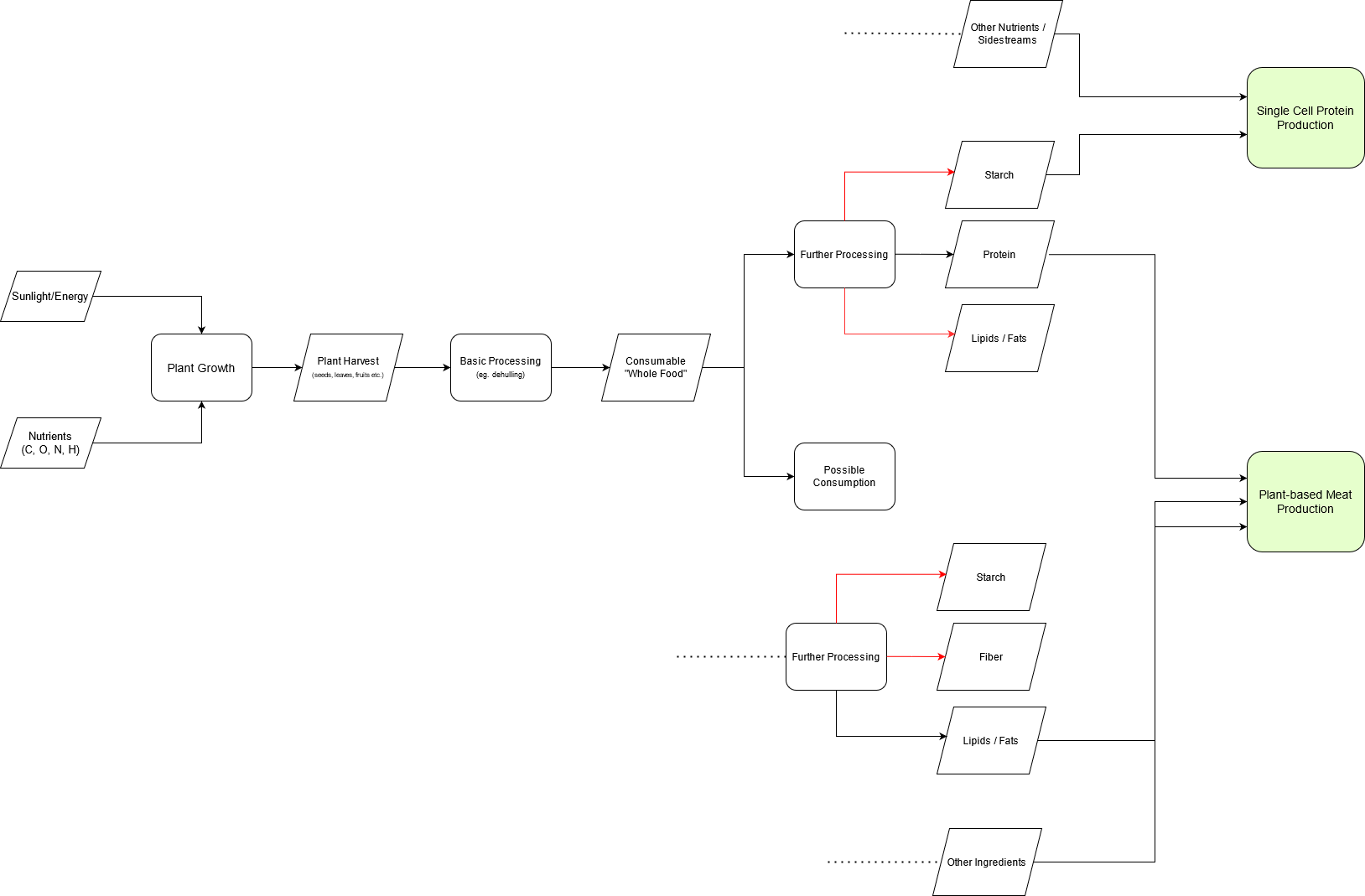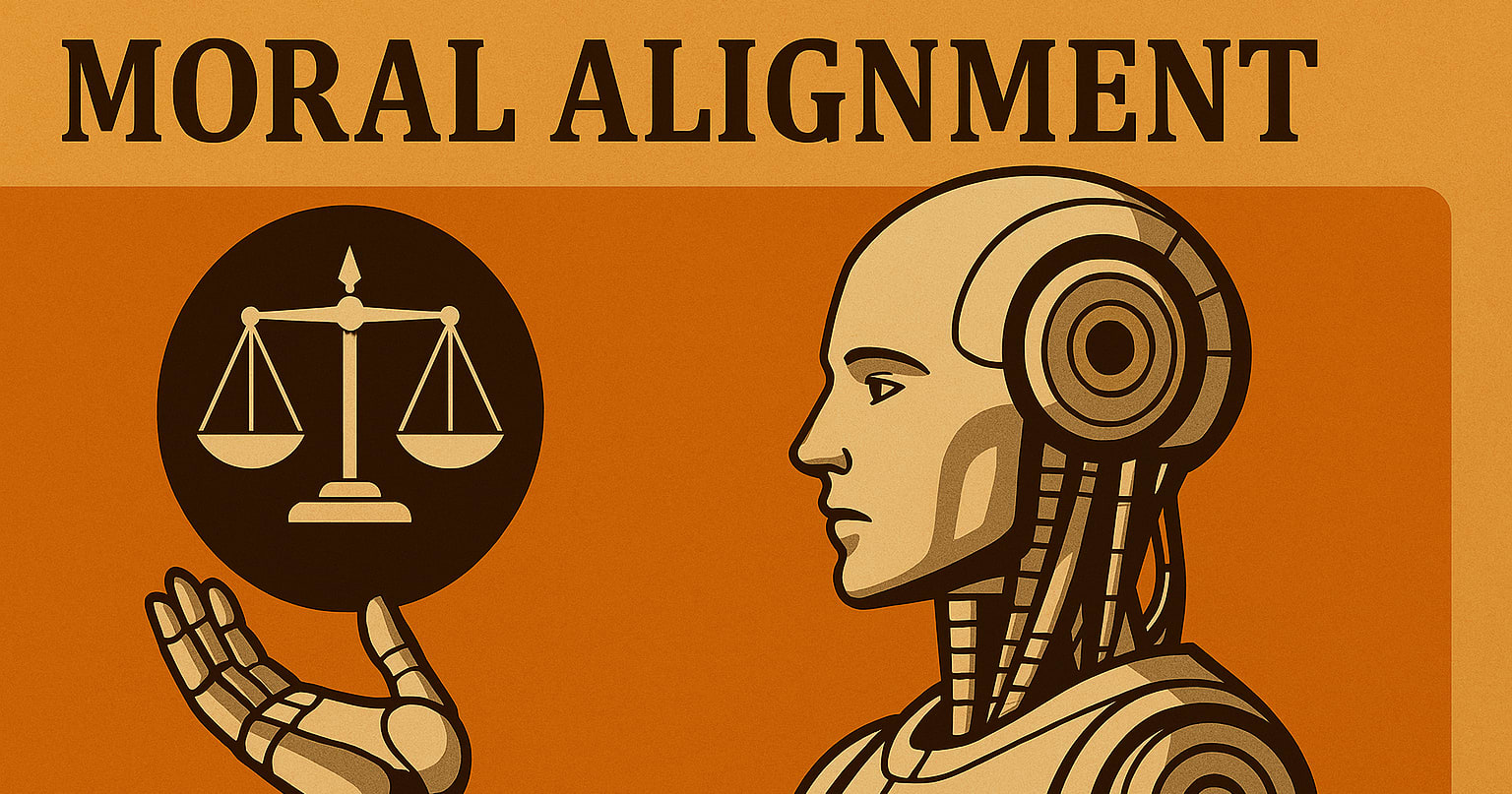"Part one of our challenge is to solve the technical alignment problem, and that’s what everybody focuses on, but part two is: to whose values do you align the system once you’re capable of doing that, and that may turn out to be an even harder problem", Sam Altman, OpenAI CEO (Link).
In this post, I argue that:
1. "To whose values do you align the system" is a critically neglected space I termed “Moral Alignment.” Only a few organizations work for non-humans in this field, with a total budget of 4-5 million USD (not accounting for academic work). The scale of this space couldn’t be any bigger - the intersection between the most revolutionary technology ever and all sentient beings. While tractability remains uncertain, there is some promising positive evidence (See “The Tractability Open Question” section).
2. Given the first point, our movement must attract more resources, talent, and funding to address it. The goal is to value align AI with caring about all sentient beings: humans, animals, and potential future digital minds. In other words, I argue we should invest much more in promoting a sentient-centric AI.
The problem
What is Moral Alignment?
AI alignment focuses on ensuring AI systems act according to human intentions, emphasizing controllability and corrigibility (adaptability to changing human preferences). However, traditional alignment often ignores the ethical implications for all sentient beings. Moral Alignment, as part of the broader AI alignment and AI safety spaces, is a field focused on the values we aim to instill in AI. I argue that our goal should be to ensure AI is a positive force for all sentient beings.
Currently, as far as I know, no overarching organization, terms, or community unifies Moral Alignment (MA) as a field with a clear umbrella identity. While specific groups focus individually on animals, humans, or digital minds, such as AI for Animals, which does excellent community-building work around AI and animal welfare while





In a recent newsletter, you suggested getting plant-based meat cheaper would revolve around cheaper ingredients and production efficiency.
Couple of questions around that since it felt like there was some abstraction for brevity in that newsletter
First, some data to work off. According to Beyond's latest filings for nine months up to Sep 2020, their per pound price is probably more like $3.97 per pound vs your $3.5 per pound estimate (I'm including outbound shipping and logistics as well which is probably more accurately a cost of goods sold item but an SG&A item for Beyond). Meanwhile, they seem to be selling at around $5.6 per pound (revenue / volume in pounds) giving them a 31.8% gross margin.
Being generous, I think this gross margin is probably a Covid related impact (overspent on fixed costs) because their gross margins have been higher before so I think there's probably room for another 600 basis points of gross margin improvement (look at Sep 2019 quarter filings). In that particular quarter with higher gross margins, the cost per pound (same method as above) was $3.9 per pound, and the selling price was roughly $5.74 per pound.
Again being generous, without covid and therefore better fixed cost leverage within the cost of goods sold, let's say they could've done the same margins with $5.6 cost per pound. That means a production cost of $3.6 per pound (again emphasizing that I include outbound logistics whereas Beyond don't)
$3.6 per pound is still 33% more than farm prices for beef in the US in Jan-21. So that's where (in my opinion) where we're currently at.
---
Questions:
1) Production efficiency: Practically, this means increasing the amount of product you can produce per unit cost. As I see it, in plant-based meat, this means being more efficient with your direct labour, equipment costs even ingredients (ie reducing wastage). These are all relatively small cost items. My own estimate would be less than 25% of total cost. For a more outside view, depreciation and amortization expenses (largely fixed costs) as a % of Beyond's cost of goods sold is only 4.5% of cost of goods sold (9 months upto Sep 2020) and direct labour is ultimately going to be dependent on where you're producing.
So how much of that 33% gap do you think can really be closed with production efficiency (more automation, higher throughput equipment, less wastage etc.)? Because to me, it really looks quite small.
2) Cheaper ingredients: As per my estimate, this is likely a much bigger piece of the pie and ~40% of the cost base. Unfortunately, I can't find any good external data on this (just based on my estimate seeing several plant-based meat startups over the past couple of years in venture capital). Typically the two biggest fractions of cost there are the protein fraction (concentrate, isolate etc) and the flavours (as well as other functional ingredients). To me, it seems relatively low impact to innovate and bring down the prices of major and already cheap proteins like soy because in most cases that's likely to positively correlate with feed costs (and therefore bring those costs down as well).
So with respect to flavours, what do you think is the scope to bring down flavour (and other key functional ingredients) costs over the next couple of years/decades and how much can that contribute to closing that 33% gap to beef prices in the US? (I have no view on this)
Note: I don't like being anonymous but I think it makes it easier for me to be honest and candid.
Hey Lewis,
Sorry for the delayed and long-ish reply here.
Distribution and retail inefficiencies:
I would concur that those are issues. For example, retailers and distributors typically take higher margins on plant-based products vs animal-based ones. I can't really give a good benchmark number here because it changes a fair bit based on country, how the retailer is positioned etc.
That being said, I think the question worth asking is whether this is a tractable issue at all. My own take is that it isn't particularly tractable (at least in th... (read more)